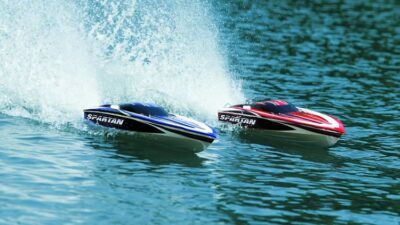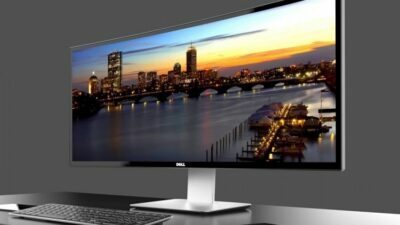Did you know that 40% of people say that they will leave a website that takes longer than three seconds to load? If you’re a small business owner than you can’t afford to lose half of your potential clients due to a slow website.
So, are you a business owner with a slow loading website? You know you need to improve it, but you’re not sure how? Keep reading and we’ll show you how you can increase your web speed by compressing your images.
Here are some steps to follow to ensure a faster page loading speed.
Table of Contents
Check Your Page Loading Speed
Before you get started, it’s best to know your benchmark speed. To check your page loading speed, go straight to the source and use Google’s page load speed test. Now you know what your baseline speed is and you know that your visitors want your website to load in three seconds or less.
So, your job is to close the gap between your current speed and the desired speed so you don’t lose potential clients or drop in the rankings due to long load times. Nothing will kill your rankings faster than a slow page loading speed. And optimized images is the best and easiest way to increase your page speed fast.
Your images can take up as much as fifty percent of your page weight for each page on your site. Imagine how quickly you can decrease the weight of your entire site by optimizing your images. And you’ll start by looking at your file format.
Change Your File Format
Images are important for user engagement and time-on-page. However, unfortunately, they can also slow down your page loading time. To keep your visitors engaged and keep your speed time down, be sure to change your file format.
There are four main types of files to choose from when formatting your files. These types include PNG, JPG, GIF, and SVG.
First, PNG is a great quality format for images, however, your images will be very large. So to get a good quality image with a better balance between size and quality you will be better served to choose a JPG file format.
Of course, we all love a great GIF, however, these can be data hogs and too many will slow down your website. So use them sparingly and save them for your social media and email marketing strategy.
Lastly, we need to mention scalable vector graphics which are text-based XML files that result in an image. They aren’t new, however, new browsers support them much better than ever before. If you like to code and want to get extreme with saving space, these are a good option. However, for most people, JPG images are their best option for space-saving, quality images.
All four images have their proper purpose and location. While a PNG file format gives you great resolution, it also will slow down your page speed. So, unless you’re a professional photographer you are fine with changing all your files to JPG which will speed up your site.
Use a Plug-in or Website to Compress Your Images
Standard PNG images can be as large as 2-4MB, which will slow your speed down very quickly. A compressed JPG can be around 150-300KB which is a great size. As you can see changing your image file can help speed up your page considerably.
Now, the next step in optimizing your images is compression. Remember, you don’t want to compress the image too much or you will ruin the quality of the image. However, compression is the best way to ensure your images don’t slow down your website.
To do this you can either manually compress each image or you can automate the process with a plug-in on your website. Completing this process manually will give you the best optimization possible. However, if you don’t have the resources to do it manually, you can let your CMS do it with a plug-in. Just remember that you won’t optimize each as fully as you could if you did it yourself or had someone else do it.
To get the most improvement in your site speed, you will need to compress your newly formatted JPG images. If you’re sharing your images with others, you can also take one more step to decrease the size of your image files.
Convert Images to PDF
Finally, another great way to showcase images on your website is to convert your images to a PDF file which takes up very little space. This will keep your website loading quickly giving, you a better user experience for your site visitors.
Additionally, you can also showcase ebooks and other files by converting your PDF to an image. To learn how to do this you can see the steps at this website: https://setapp.com/how-to/convert-pdf-to-jpg, which will walk you through each step so you can convert your image to PDF and vice versa.
Now Your Website Is Small, Speedy, and Ready for More Clients
As a small business owner, your website is your digital storefront. As potential customers and clients find you via search and social media, you don’t want them bouncing right off due to a slow page loading speed. Instead, use these tips to optimize your images and quickly watch your speed increase.
Not only will you see your client user experience soar, so too will your rankings. Your website can once again draw in future potential clients and grow your business. So don’t wait another day to get started optimizing your images and increasing your page speed. Get started today.
To get more information about this and other topics, check out the rest of our blog.










Comments